The Bamboo Seed
Chrysanthemum Seeds - White Chrysanthemum leucanthemum Shasta Crazy Daisy
Chrysanthemum Seeds - White Chrysanthemum leucanthemum Shasta Crazy Daisy
Couldn't load pickup availability
White Chrysanthemum Seeds for Sale
- Quantity 100 Chrysanthemum leucanthemum seeds
- USDA Zone 4-8
- Perennial flower seeds
- Chrysanthemum seeds
Growing Shasta Daisy from Seed
Shasta daisy flowers (Leucanthemum) are renowned for their classic white petals and bright yellow centers, creating a cheerful and timeless addition to any garden landscape. These perennial flowers, native to the United States, are easy to grow and maintain, making them a popular choice for gardeners of all skill levels. Shasta daisies typically bloom from late spring through summer, attracting pollinators like bees and butterflies with their nectar-rich blooms.
Daisy plants grown from Shasta Daisy seeds are also prized for their long-lasting cut flowers, adding a touch of elegance to floral arrangements. Shasta daisies are versatile and can be used in a variety of garden settings, including borders, mass planings, and mixed perennial beds. Their resilience, adaptability, and charming appearance make them a beloved staple in gardens around the world.
Shasta Crazy Daisy Seeds for Sale
The White Chrysanthemum Leucanthemum, also known as Shasta Crazy Daisy, is a cultivar of the common daisy flower. Here are some attributes and characteristics of this particular variety:
Appearance: The Shasta Crazy Daisy features large, pure white flowers with a yellow center. The petals are typically arranged in multiple layers, creating a full and voluminous bloom.
Size: The flowers of the Shasta Crazy Daisy can reach a diameter of around 3 to 4 inches (7.5 to 10 cm), making them quite prominent and eye-catching.
Growth habit: This daisy variety is a perennial plant, meaning it can regrow year after year. It forms dense clumps of foliage and sends up numerous sturdy stems that hold the flowers upright.
Longevity: The Shasta Crazy Daisy is known for its long blooming period, often starting in late spring or early summer and lasting until early fall. This extended flowering time adds to its appeal in gardens and landscapes.
Durability: It is considered a hardy plant that can withstand various weather conditions and soil types. Shasta Crazy Daisy is relatively low-maintenance and has good resistance to pests and diseases.
Sun and soil requirements: This variety thrives in full sun to partial shade, preferring well-draining soil. It can adapt to a range of soil pH levels but generally performs best in slightly acidic to neutral soil.
Landscape use: The Shasta Crazy Daisy is commonly used in gardens, borders, and containers, adding a bright, cheerful element to landscapes. It can also be used in cut flower arrangements.
Attracts pollinators: The abundant flowers of the Shasta Crazy Daisy attract bees, butterflies, and other beneficial pollinators, making it a valuable addition to pollinator gardens.
Height: Depending on the growing conditions, Shasta Crazy Daisy plants can reach a height of 1 to 3 feet (30 to 90 cm), adding vertical interest to garden beds.
Propagation: This daisy variety can be propagated through division or by collecting and sowing seeds. Division is typically done in early spring or fall, while seed sowing can be done in late spring.
Overall, the Shasta Crazy Daisy is prized for its profusion of white flowers, long blooming period, and adaptability, making it a popular choice among gardeners seeking a reliable and visually appealing perennial.

Collections
-
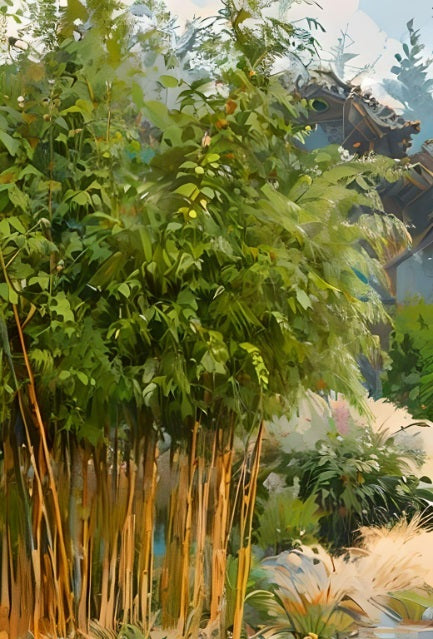
All Bamboo Seeds for Sale
Welcome to our catalog of bamboo plant seeds for sale including clumping...
-
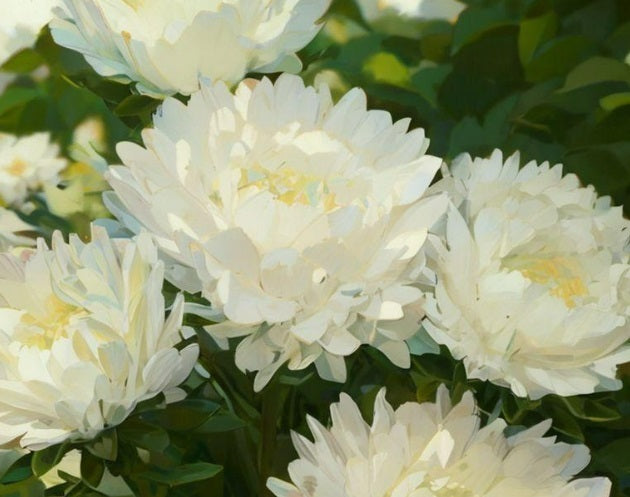
All Flower Seeds
Thoughtfully curated flowers, plants and bushes that beautifully complement your bamboo garden...
-
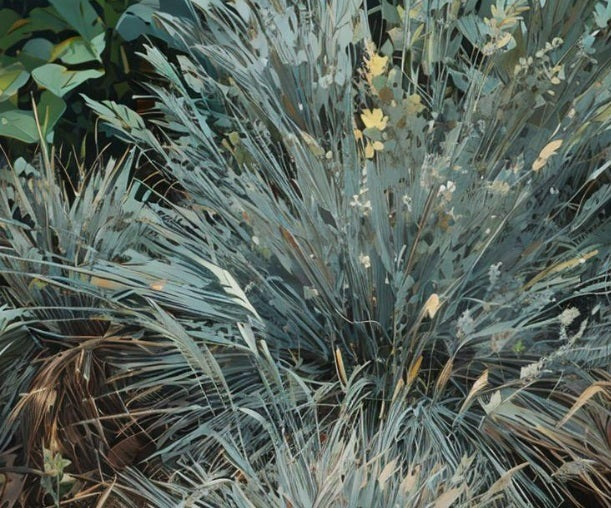
All Ornamental Grass Seeds
Grass has finally come into its own as a garden landscape centerpiece....
-
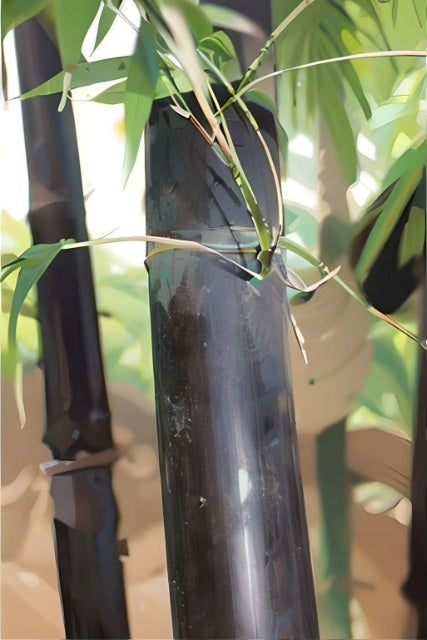
Black Bamboo Seeds
Consider Black Bamboo seeds for eye-catching bamboo varieties with lustrous black, dark...
-
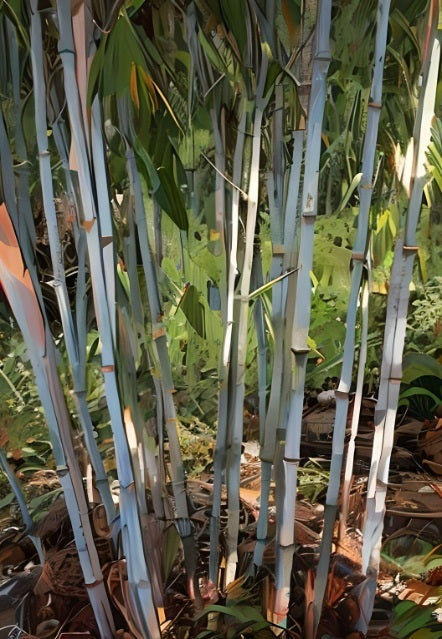
Clumping Bamboo Seeds
Clumping bamboo species grow in dense clumps or clusters that are naturally...
-
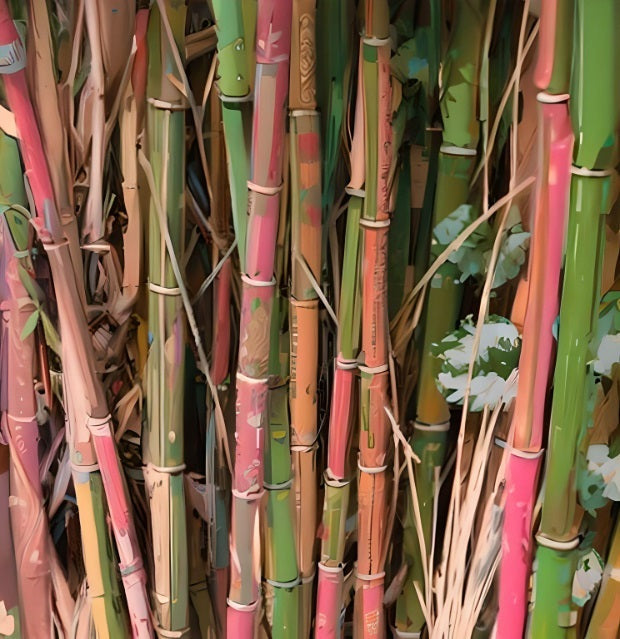
Cold Hardy Bamboo Seeds
A selection of cold resistant bamboo seeds for hardy bamboo able to...
-
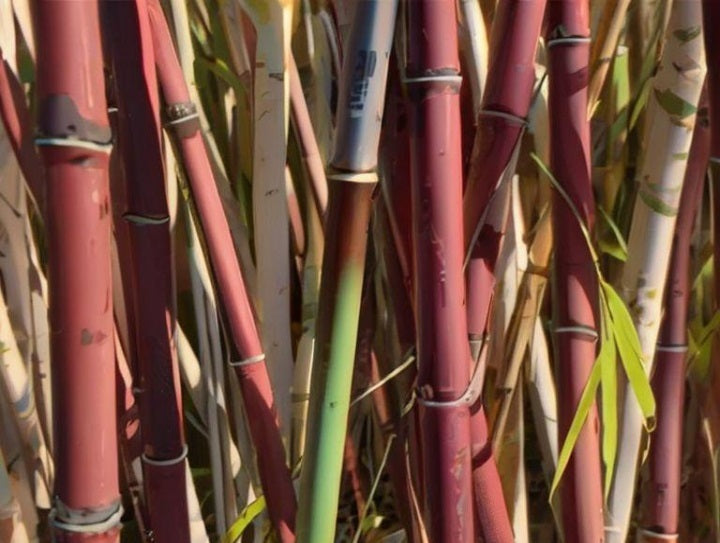
Fargesia Bamboo Seeds - Clumping and Cold Hardy
Buy bamboo seeds for beautiful cold hardy and clumping Fargesia bamboo. Our...
-
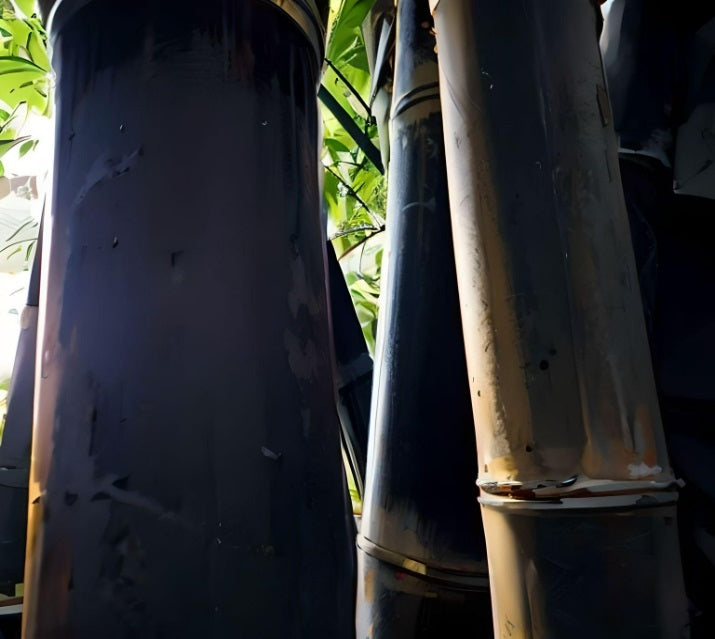
Giant Bamboo Seeds
When you're looking for impressive size with ample shade below, consider fastest...
-
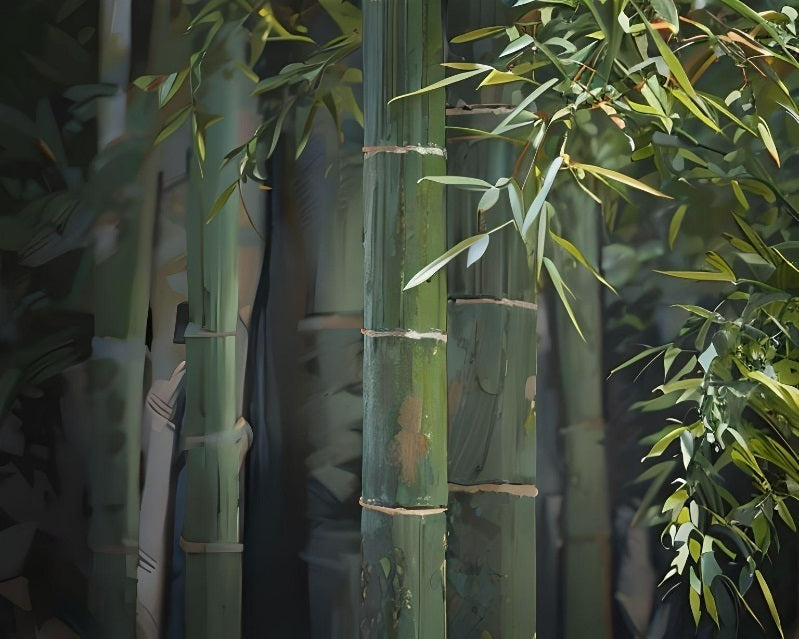
Running Bamboo Seeds
Running bamboo spreads through underground runners, known as rhizomes. These rhizomes can...
-
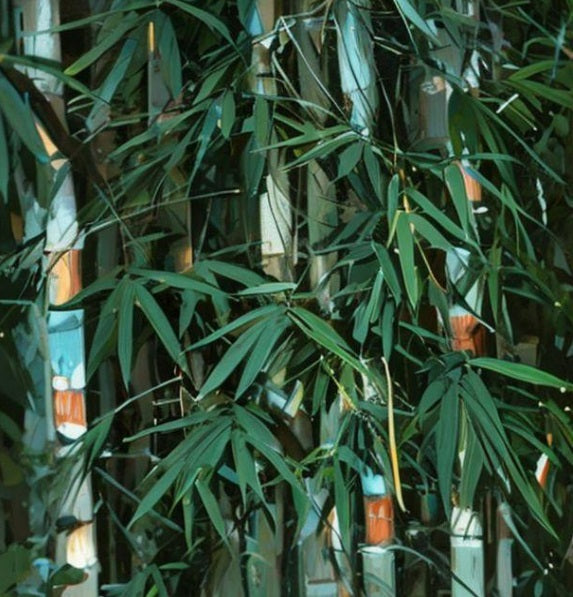
Tropical Bamboo Seeds
Our curated selection of tropical bamboo seeds best suited for planting in...











